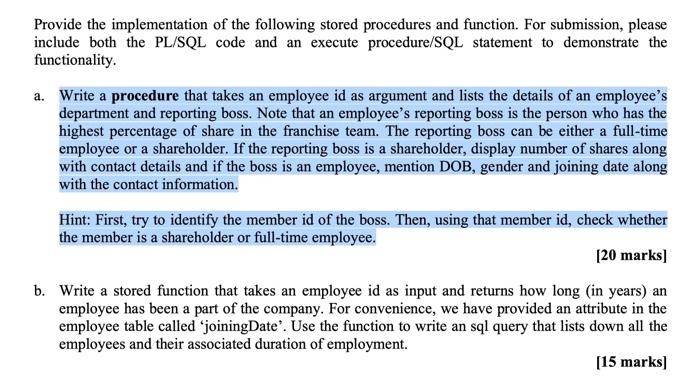Answered step by step
Verified Expert Solution
Question
1 Approved Answer
Stored functions are very similar to stored procedures, with the exception that they must return a value to the statement from which they are called.1
Stored functions are very similar to stored procedures, with the exception that they must return a value to the statement from which they are called.1 This means you cannot simply execute a stored function; you must "call" the function from within the SELECT line of a query. 


Step by Step Solution
There are 3 Steps involved in it
Step: 1

Get Instant Access to Expert-Tailored Solutions
See step-by-step solutions with expert insights and AI powered tools for academic success
Step: 2

Step: 3

Ace Your Homework with AI
Get the answers you need in no time with our AI-driven, step-by-step assistance
Get Started


